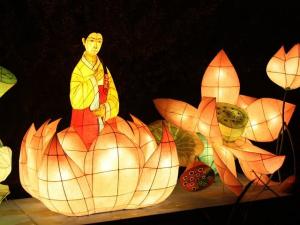50 ancient paintings in 11 different caves were recently discovered in Spain, and further research has revealed they may be the work of Neanderthals. If so, the art dates back to the prehistoric times of our closest relatives who roamed Europe and Asia until 30,000 years ago.
Alistair Pike, the study’s lead author from the University of Bristol, said:
“This currently is Europe’s oldest dated art, by at least 4,000 years.”
The art discovered includes hand stencils that date back 37,300 years, as well as 40,800-year-old red discs.
Joao Zilhao of the University of Barcelona co-authored the study. He explained that the possibility of Neanderthals being Europe’s first cave artists is likely.
“We know that from the fact that they were burying their dead, that they were decorating bone and ivory tools with abstract markings, and from the fact that they were painting their bodies using sophisticated cosmetic recipes, in some instances, and that they were using objects of personal ornamentation,” said Zilhao. “We know they were doing this from at least 50,000 years ago, and in the case of burials from at least 100,000 years ago.”
Zilhao continued, stating that the discovery may challenge today’s accepted evolutionary history.
“We know from the Neanderthal Genome Project that four percent of the genes of present day Europeans are of Neanderthal origin. So perhaps we should start thinking of these people as the European brand of homo-sapiens, that were morphologically different from what we call modern humans in Africa, but they were sapien people as well.”



